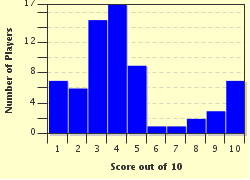Quiz Answer Key and Fun Facts
1. So who was this Dr. John Wall anyway?
2. Hard paste? Soft paste? These terms are used repeatedly in describing the development of European porcelain. Which of the following statements is inaccurate?
3. Excavations at the factory site suggest that the original formula was not successful. At that point, an alternative formula was purchased from Benjamin Lund, its developer. Lund had tried without success to manufacture his porcelain in where?
4. I'm now looking at two early saucers and notice that one was decorated with blue transfer printing, while the other was painted with a brush. What does this fact tell me about their relative age?
5. Why was decoration applied under the glaze almost always blue?
6. Dr. Wall retired in 1774. By this time, blue-and-white patterns with Chinese themes were no longer popular.
7. I just looked up the pattern on one of my printed saucers, and the book says it's so rare only two others are known! It must be worth more because of its rarity?
8. Reasons why Worcester was preferred to other English ceramic products did not include which?
9. What naturally-occurring mineral was the "secret ingredient" in the first successful Worcester porcelain?
10. A porcelain formula similar in composition to first-period Worcester was used at which of these factories?
Source: Author
ragiel
This quiz was reviewed by FunTrivia editor
silverginger before going online.
Any errors found in FunTrivia content are routinely corrected through our feedback system.


